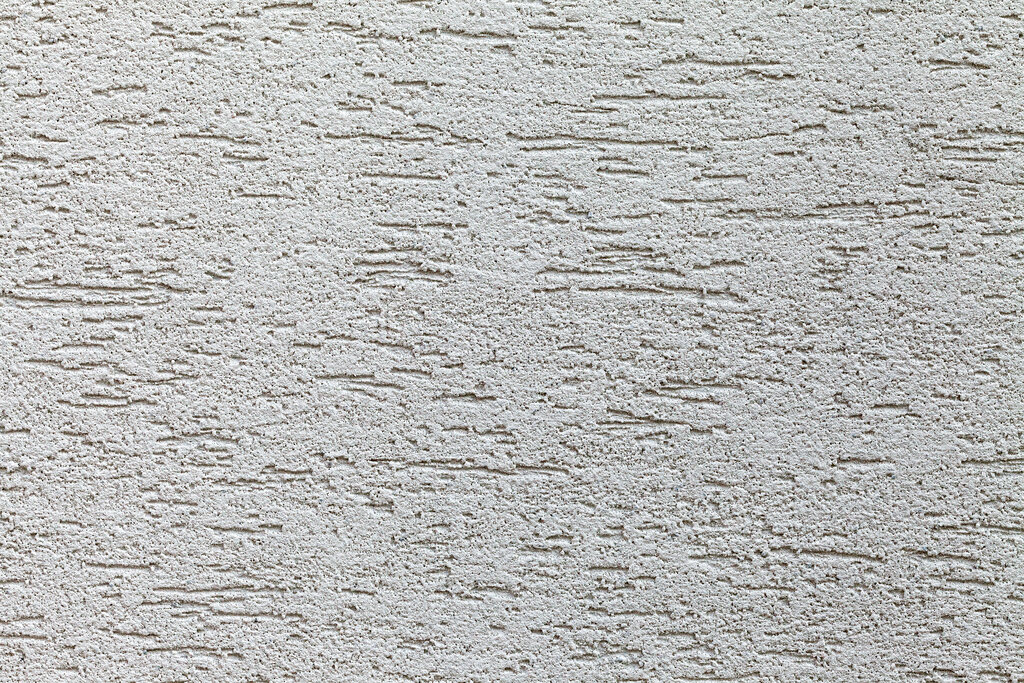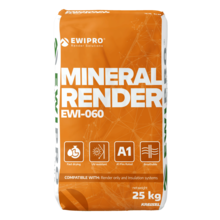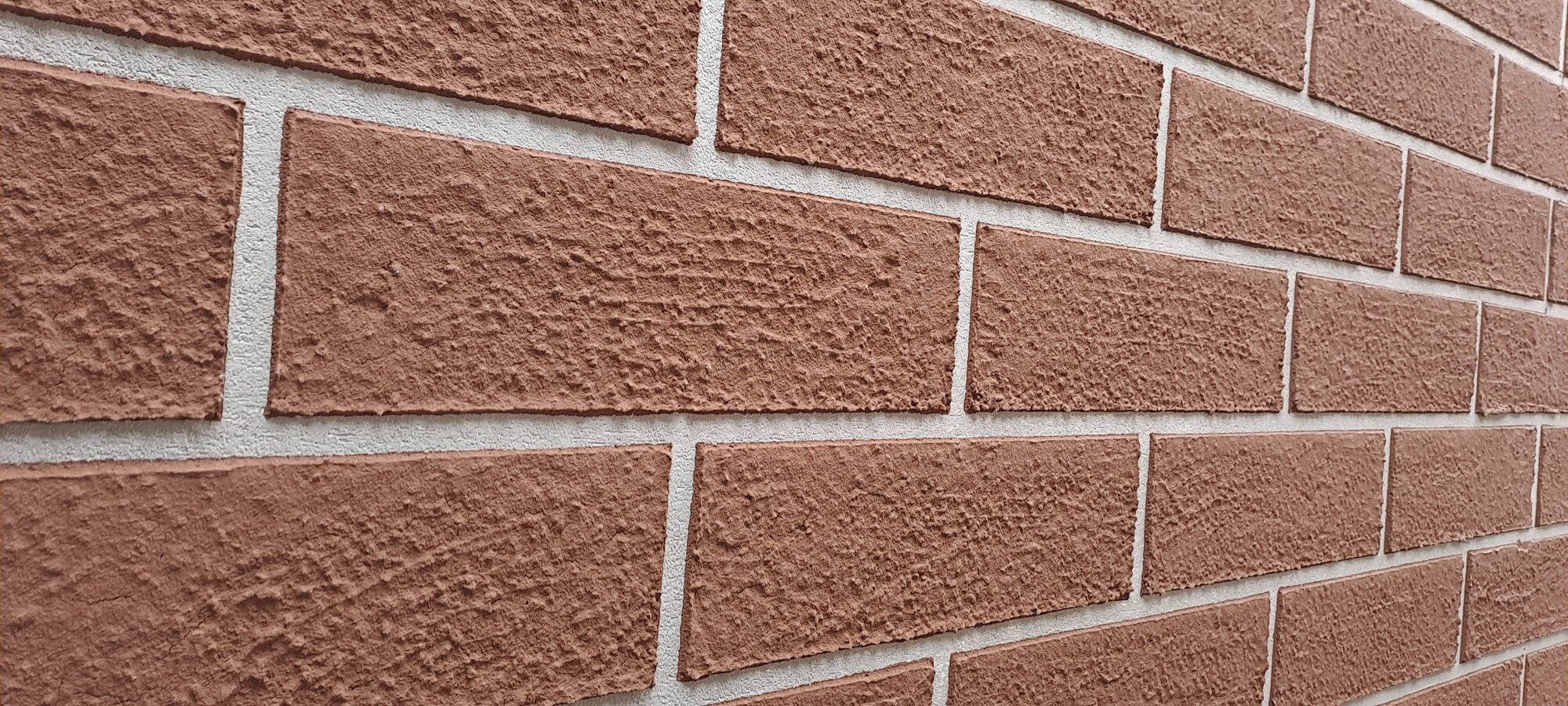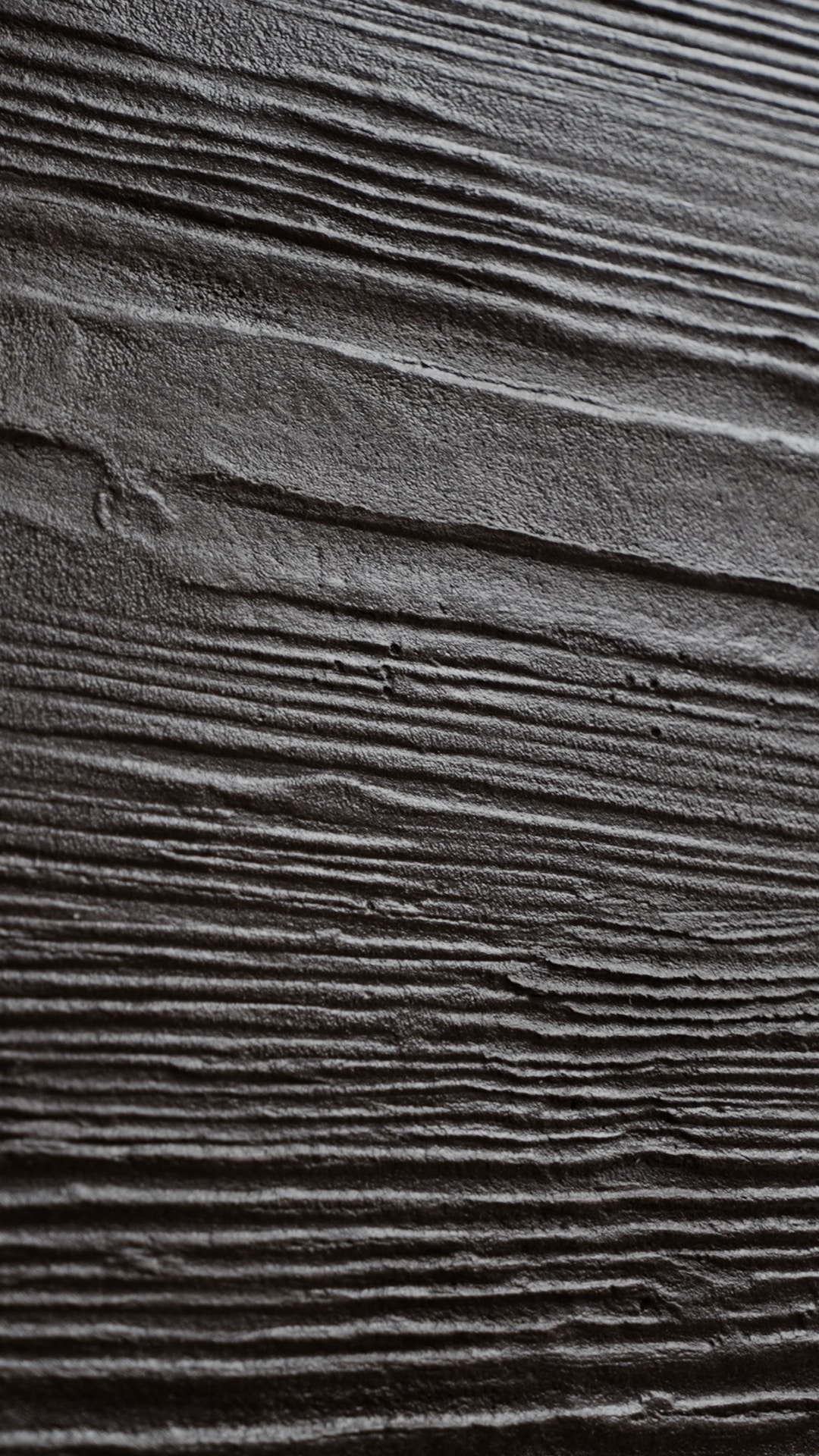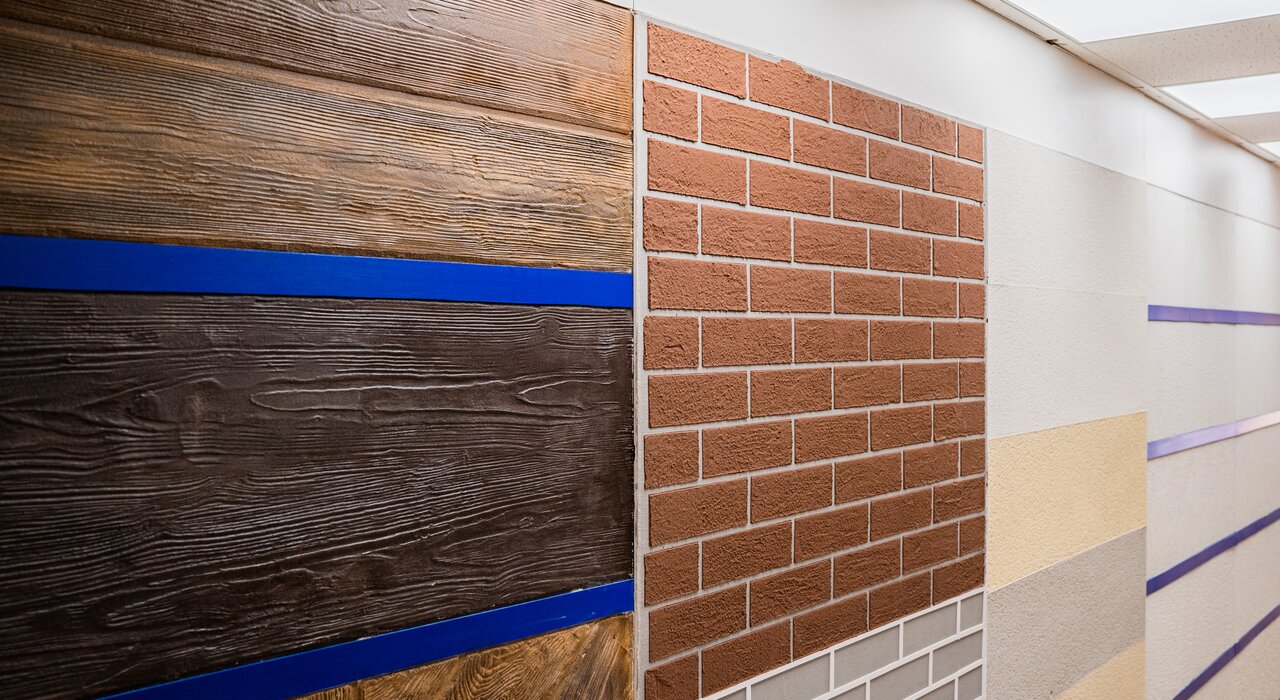
Rendering, or applying a finish to the exterior walls of a building, is a vital part of maintaining and improving your home's aesthetic appeal. It makes your home look great and also offers an extra layer of protection against the weather. However, there are numerous types of rendering available, each with its advantages and properties. We're going to discuss four popular types of render and different types of render finish: Monocouche, Silicone, Mineral, and Lime render.
Monocouche Render finish
Originating from France, Monocouche means "one coat". However, despite the name, it is applied in two coats to achieve the required thickness of around 15-17mm. The first pass allows for fibreglass mesh to be embedded, enhancing the system's strength. Monocouche render is a type of through-coloured render, meaning the colour permeates the entire render mix, not just the surface. This makes it incredibly resistant to the elements, and the colour does not fade over time.
Monocouche render is often applied using a spray machine, making it quicker and less labour-intensive than traditional render applications. The finished surface can be manipulated to create a variety of textures, ranging from a scraped finish to a more stippled or roughcast look, depending on your preference.
This render type is exceptionally low-maintenance due to its integrated colour and self-cleaning capabilities, which repel dirt and water. It's also highly breathable, allowing moisture to escape from the structure and reducing the risk of dampness and other related issues.
Silicone Render finish
Silicone render is a premium option known for its superior flexibility. This makes it resistant to cracking and damage from minor building movements over time. It is also incredibly water-resistant. As such, it is less prone to algae and fungal growth, thereby maintaining a cleaner surface over longer periods.
The availability of different grain sizes allows you to decide the texture of your finish. Smaller grain sizes (1-1.5mm) will give a very fine texture. However, larger grains (2-3mm) will produce a more noticeable aggregate finish. This variety in the finish, combined with a wide range of colours, makes silicone a versatile choice for many different types of buildings. For example, our Silicone Render can be tinted to any custom, RAL, or NCS colour. For application purposes, the thickness of the render will be the same as the grain size chosen. Therefore, if you choose a 3mm grain size, the render will need to be at least 3mm thick.
An additional feature of silicone render is its self-cleaning property. The hydrophobic nature of silicone repels water, meaning rain droplets will pick up dirt particles on the surface and carry them away, helping to keep your building looking cleaner for longer.
Silicone scratched finish
A Silicone Render Scratched Finish is a textured surface achieved by applying a thicker layer of silicone render, typically with a 3mm grain size. After applying the render, it is scratched with a special tool to create a rough, textured appearance. This finish offers a traditional, rustic look while maintaining the benefits of silicone render, such as flexibility, breathability, and water resistance. The thicker application allows for scratching, and the silicone component ensures durability, making it resistant to cracking and ideal for external walls.
Mineral Render
Mineral render is ideal for colder climates or time-critical projects, as it dries and sets much faster than other render types. This is due to the presence of cement in its composition, which enables it to cure quickly. However, because of its fast-drying nature, it's typically applied only when temperatures are above freezing to prevent frost damage.
The mineral render also requires a final silicone or silicate-based paint finish to make it weather-resistant and prevent water absorption. But once this is done, you'll have a robust, durable render that's resistant to scratches and impact, as well as fungi and algae.
Lime Render
Traditionally used to restore historic or period properties, lime render has resurgent recently due to its eco-friendly and breathable properties. Unlike other renders, lime render allows moisture within the building to evaporate quickly, reducing the risk of trapped moisture and potentially damp issues.
Despite its benefits, lime render requires specialist application techniques and longer curing periods, making it more time-consuming and costlier than other types of render. However, it offers a beautiful, mellow finish that weathers naturally over time, adding a unique character to any building.
Which render finish is the best?
When choosing a render type, consider your home's needs, the local climate, your budget, and the aesthetics you're aiming for:
- Monocouche render provides a robust, weather-resistant finish with minimal maintenance required. It's a versatile option for modern homes, offering various textures and colours.
- Silicone render is a premium, highly flexible option, perfect for homes exposed to various weather conditions. It's also self-cleaning, helping to maintain the appearance of your property.
- Mineral render is a quick-setting option ideal for colder climates or projects with tight deadlines. However, it requires additional sealing with paint to make it fully weather-resistant.
- Lime render, while labour-intensive, offers superior breathability, making it perfect for older or period properties and those aiming for a more eco-friendly approach. Despite its higher cost and longer curing, it provides a beautifully natural, weathered finish.
Brick slip stencils and wood effect render
Silicone Render has added benefits. It works alongside different stencils to create even more intricate finishes. For example, brick slip stencils can be attached to the wall, and the cavities can be filled with silicone render tinted to any colour to effortlessly create a realistic brick effect. The stencils then peel away, revealing a professional-looking brick slip finish with added benefits! As silicone render is spray machine compatible, the process takes just a few minutes. Crucially, they are also adaptable and, therefore, suitable for exterior and interior applications.
Moreover, imprint stamps create a wood effect finish. Whilst the Silicone Render is still wet, a large stamp is pressed into the render to create veins synonymous with wood. If the render is tinted to an earthy shade, the finish will mimic wood flawlessly.
Do you have a favourite render finish? Do you want to know more about render finishes? Comment below to start the discussion.

